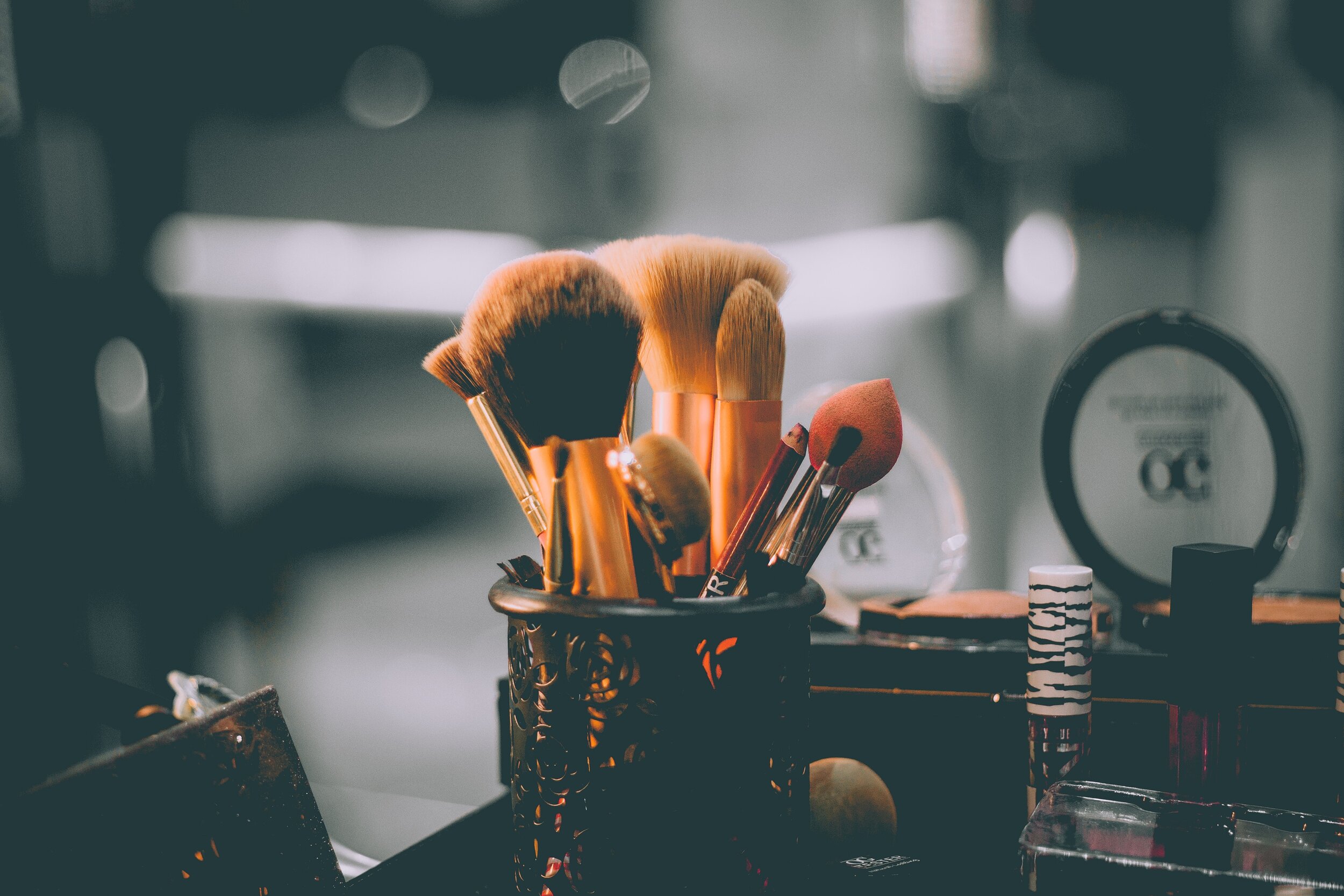By: Lauren Beeman
The year is 1938. Franklin D. Roosevelt is President of the United States, the Disney classic Snow White and the Seven Dwarfs makes its box-office debut, Time magazine recognizes Adolf Hitler (yes, really) as its “Man of the Year,” and the first child-labor laws are passed, establishing regulations for workers under the age of 18.[i]
Oh, and 1938 is also the last time the Food and Drug Administration (FDA) passed an act- the Federal Food, Drug, and Cosmetic Act (FDCA)-aimed at supervising the cosmetic industry and cosmetic companies.[ii]
The FDCA focuses on regulating adulterated or misbranded products but does not require cosmetic companies to recall potentially dangerous items or monitor the ingredients used in products. Instead, cosmetic companies are mainly responsible for policing themselves and have been since 1938.[iii]
Fast forward to modern times: the world of lipstick, hair-dye, and pigmented eyeshadows is comparable to the Wild West; think of a Black Friday free-for-all at Sephora, but instead of beauty gurus fighting over the last lip-kit, the reality is cosmetic companies slinging potentially toxic, chemically-ridden products with no sales associate around to intervene. The worst possible scenario is not missing out on a great sale, but the unknown, long-term health effects associated with using minimally-regulated beauty products.
The FDA needs to take a look in the mirror and ask itself if its current routine is worth the wrinkles it will face later. All jokes aside, government regulations (or lack thereof) of the beauty industry in the United States need a serious makeover.
Because of the self-policing nature of the industry, close-scrutiny requirements are lax and practically non-existent, long-term health effects from various chemicals are unknown, and unlike many other industries, cosmetic companies are not legally required to report adverse product effects to the FDA.[iv]
Additionally, the FDA has no power to mandate testing of a product before a cosmetic company puts it on the market—the FDA merely requires the product be “safe” and free of certain color additives for fear of coal tar and lead, and if the product has not been tested, the FDA simply requires a warning label.[v]
Even then, most testing conducted by beauty companies only examine the short-term health effects, like skin or eye irritation, and minimal regard is paid to learning about the health ramifications associated with repeated use over a long period of time.[vi]
Cosmetics put into the stream of commerce are required to list the ingredients used on the label, which is an argument for transparency by the industry, but there is a catch.[vii] The ingredient list does not have to include flavor, fragrance, or trade secret ingredients, meaning cosmetic companies can mask chemicals under the alias of “flavor” or “fragrance” and not be required to disclose the chemicals making up these mysterious ingredients. [viii]
So why now are people raising a perfectly sculpted eyebrow to a lackadaisical regulation practice that’s almost a century old? Simple: an increase in adverse reactions to beauty products is creating demand from health-conscious consumers for “cleaner” products, and for a good reason.[ix]
These vague labels, as mentioned above, could and likely do contain a variety of harmful products. An estimated one in eight of the 82,000 ingredients used in cosmetic products are industrial chemicals, including carcinogens, pesticides, reproductive toxins, and hormone disruptors.[x] Other substances include things like: degreasers, plasticizers (chemicals used to keep concrete soft), and surfactants (used in paints and inks to reduce surface tension in water).[xi]
While pressure for regulations from increasingly conscientious consumers is growing, the multi-billion-dollar cosmetic industry continues to mass-produce minimally regulated products as lawmakers and the FDA look for a solution.[xii]
The FDA recently launched a survey of safety practices and manufacturing standards targeting the cosmetic industry, but nothing has been done by the administrative body to regulate these processes since.[xiii] A survey is a seemingly insignificant step when considering the fact that the industry has survived relatively unrestricted for nearly 100 years. Additionally, it does not look like lawmakers will prove to be a substantial help in the near future, as efforts by congressional leaders to regulate the beauty industry are nominal at best.[xiv]
But, fear not. Until the government decides to give the cosmetic industry a much-needed facelift, beauty consumers, self-proclaimed MUAs (make-up artists for you Boomers), and the guy using a three-and-one shampoo every day in the shower can take matters into their own hands by reading labels and avoiding the following chemicals: BHA and BHT, coal tar dyes, DEA-related ingredients, Dibutyl phthalate, formaldehyde- releasing preservatives, parabens, parfum (fragrance), PEG compounds, petrolatum, siloxanes, sodium laureth sulfate, and triclosan.[xv]
Food for thought: the same regulatory body approving what kind of food lands on a consumer’s plate, should be more thoughtful with what it allows to be used on a consumer’s face.
[i] See The People History, http://www.thepeoplehistory.com/1938.html (last viewed, Jan. 26, 2020).
[ii] Priyanka Naryan, Modern Medicine: The Cosmetics Industry has Avoided Strict Regulation for Over a Century, CNBC (Aug. 2, 2018, 10:08 AM), https://www.cnbc.com/2018/08/01/fda-begins-first-inquiry-of-lightly-regulated-cosmetics-industry.html.
[iii] Id.
[iv] Id.
[v] American Cancer Society, https://www.cancer.org/cancer/cancer-causes/cosmetics.html, (last visited Jan. 26, 2020).
[vi] Id.
[vii] Id.
[viii] Id.
[ix] Naryan, supra note ii
[x] David Suzuki Foundation, “The Dirty Dozen” Cosmetic Chemicals to Avoid, https://davidsuzuki.org/queen-of-green/dirty-dozen-cosmetic-chemicals-avoid/ (last viewed, Jan. 26, 2020).
[xi] Id.
[xii] See id.
[xiii] Naryan, supra note ii
[xiv] See id. (explaining the drafted pieces of legislation mandating regulation in the beauty industry).
[xv] David Suzuki Foundation, supra note x


